How to Clean Timber Floors: The Ultimate Guide for Sparkling Results
Timber floors are timeless. They’re stylish, durable, and warm underfoot, but they can also lose their charm fast if not cared for properly. From sticky spots and muddy paw prints to dull patches and water damage, we’ve all experienced the pain of cleaning timber the wrong way.
In this guide, you'll learn how to clean timber floors step-by-step, discover the best supplies for each type, and uncover the cleaning mistakes that can do more harm than good. Let’s bring back that beautiful timber glow.
Why Timber Deserves Special Care
Timber floors are often the centerpiece of a home. They’re durable, allergy-friendly, and can last for decades when maintained properly. But unlike tile or vinyl, timber is naturally porous. That means it reacts to moisture, heat, and even cleaning chemicals.
Common risks with timber flooring include:
Warping or buckling from excess water
Surface scratches from debris or harsh bristles
Cloudy residue from the wrong cleaners
Long-term damage from oil spills or glue
In short? Treat it right, and timber will return the favor.
What Kind of Timber Floor Do You Have?
Before you start cleaning, it’s important to know your floor type. Different timber finishes have different needs.
Solid Hardwood: Natural timber planks with long-term durability. Typically sealed with polyurethane.
Engineered Timber: Plywood base topped with real timber. More water-resistant, but still sensitive to excess moisture.
Floating Timber Floors: Installed without nails or glue. Usually click-lock planks with a timber veneer.
We’ll explain how to clean each of these in detail later on.
What’s Best to Clean Timber Floors With?
The good news: You don’t need dozens of fancy tools. A few essentials and a solid routine are all it takes to keep timber gleaming.
1. Mop for Timber Floors
Can you mop timber floors? Yes—if you do it right.
Choose a flat microfiber mop that you can wring nearly dry. Avoid string mops that hold excess water. Always mop in the direction of the wood grain.
Dreame Take Try the Dreame L50 Ultra robot mop for hands-free cleaning. Its smart pathing technology ensures every inch of your timber floor gets cleaned while avoiding over-wetting. Perfect for daily upkeep without lifting a finger.
2. pH-Neutral Timber Floor Cleaner
Skip harsh cleaners or vinegar. Instead, use a pH-neutral cleaner designed for timber surfaces. These remove dirt without eating into the finish.
3. Vacuum for Timber Floors
Vacuuming is often better than sweeping. A quality vacuum, like the Dreame X40 Ultra Robot Vacuum, removes fine dust and grit that causes scratches.
Why it’s ideal for timber floors:
Soft roller brushes gently lift dirt without damaging the finish
Adjustable suction adapts to floor type to avoid wear
Anti-tangle design reduces clogging from pet hair or long debris
It vacuums and mops intelligently, saving you time and effort.
How to Clean Timber Floors: Step-by-Step Guide
Ready to get started? Here’s the best way to clean timber floors:
Step 1: Vacuum Thoroughly
Use a soft-brush vacuum head to lift dust, dirt, and crumbs. Be sure to reach under furniture and along baseboards.
Pro-tip Set robot vacuums like the Dreame L50 Ultra to clean while you’re out. With quiet operation and precise room mapping, it cleans thoroughly without disrupting your routine, making it ideal for busy households or pet owners.
Step 2: Mix Cleaner with Warm Water
Fill a bucket with warm (not hot) water and add a small amount of pH-neutral cleaner. Follow the dilution instructions.
Step 3: Mop Gently Along the Grain
Dip and wring your mop until barely damp. Mop in the direction of the grain to avoid streaks. Rinse and wring often.
Step 4: Spot Clean Stains Carefully
For sticky spots or stains, dampen a cloth with a diluted cleaner. Gently blot (don’t scrub), and always test in a corner first.
Step 5: Dry Immediately
Never leave timber damp. Dry it immediately with a microfiber cloth or dry mop.
Tips for Efficient Cleaning
A few smart tweaks make timber floor cleaning faster and help preserve that fresh, clean look. Here are some useful tips:
Clean up spills right away, especially liquids like oil, coffee, or wine.
Always vacuum before mopping to prevent debris scratching the surface.
Open windows or turn on fans after mopping to speed up drying.
Keep humidity levels at 40–60% to prevent gaps.
Use felt pads under chairs to reduce scratching during movement.
Adopt a shoes-off policy to reduce dirt and scratches.
Set a robot vacuum to clean multiple times per week for maintenance.
Pro-tip For deep cleaning, the Dreame H14 Pro Wet and Dry Vacuum tackles spills without overwetting. It combines powerful suction and controlled water flow to safely lift sticky messes or grime—perfect for preserving your timber floor's finish.
Cleaning by Floor Type
Each type of timber flooring needs slight adjustments during cleaning.
Floating Timber Floors
Avoid soaking the joints, as moisture can seep into the seams and warp the planks.
Use a nearly dry mop and vacuum with soft rollers.
A robot vacuum like the Dreame L50 Ultra is ideal thanks to its no-mop zones. It detects flooring type and avoids moisture-sensitive areas, so you get safe, daily cleaning without risking water damage.
Engineered Timber Floors
These are slightly more water-resistant but still sensitive to heat and chemicals.
Stick with microfiber mops and pH-neutral cleaners. Avoid vinegar, as it dulls the finish.
Use a wet and dry vacuum like the Dreame H14 Pro for deeper maintenance without damage. Its precise water control and reach remove hidden messes safely and efficiently.
Solid Hardwood
This type requires the most care. Water and steam can easily cause damage.
Vacuum daily with a soft-brush head, and mop with minimal moisture.
Refinish every 5–10 years, and use cleaners labeled for hardwood.
For deeper advice, check our full guide: How to Clean Hardwood Floors.
Common Mistakes to Avoid
Even with the right tools, small mistakes can still dull or damage timber floors. Here’s a table of common pitfalls and how to avoid them:
Mistake
Quick Fix
❌ Using too much water
✅ Wring mops until barely damp and dry floors immediately
❌ Skipping the vacuum step
✅ Vacuum first to remove debris that can scratch
❌ Using harsh chemicals or vinegar
✅ Stick to pH-neutral timber floor cleaners
❌ Leaving wet spots to air-dry
✅ Wipe with a microfiber cloth right after mopping
❌ Scrubbing stains aggressively
✅ Blot gently with a damp cloth and test first
❌ Using steam cleaners on timber
✅ Avoid steam entirely to prevent warping
Important Never steam clean timber floors, as moisture and heat can penetrate and damage the wood fibers.
How to Maintain Your Timber Floor
A clean timber floor is great, but long-term maintenance is even better. Here’s how to keep yours shining year-round:
Vacuum regularly with a robot vacuum like the Dreame L50 Ultra.
Avoid high heels or dragging furniture across the floor.
Add furniture pads and rugs in high-traffic areas.
Keep humidity between 40 and 60% to prevent shrinking or warping.
Use doormats at entrances to reduce tracked-in grit.
Dreame Take Want the best all-in-one tool? The Dreame H14 Wet and Dry Vacuum handles wet and dry messes on timber and sealed floors. Ideal for multi-surface homes, it handles sticky spills and daily dust without tool switching or extended dry time.
FAQs
Q: Can you mop timber floors?
A: Yes, but use a microfiber mop that’s barely damp, and dry the surface immediately.
Q: Can you steam clean timber floors?
A: No. Steam can warp or damage timber. Stick to pH-neutral solutions and minimal moisture.
Q: Can a robot vacuum and mop clean timber floors well?
A: Yes, especially if you use one with mop-exclusion zones like the Dreame L50 Ultra or Dreame X40 Ultra. They’re smart enough to vacuum without over-wetting your timber.
Q: What is the best way to clean timber floors?
A: Vacuum regularly, mop with a damp microfiber cloth, dry quickly, and avoid harsh chemicals or excess water. Check our full guide above for a step-by-step routine.
Conclusion
Timber floors can last a lifetime, but only if you treat them with care. With the right vacuum, gentle cleaners, and proper technique, you’ll enjoy a cleaner, brighter, and longer-lasting finish.
Dreame’s robot and wet and dry vacuums take the effort out of floor care, making it easier to protect your timber every day with smarter, safer cleaning.
Explore more of our expert guides for cleaning other floor types:
How to Choose a Robot Vacuum for Hardwood Floor
How to Clean Laminate Floors (and Fake Wood Floors) Without Damage
Choose smarter cleaning. Choose Dreame.

















































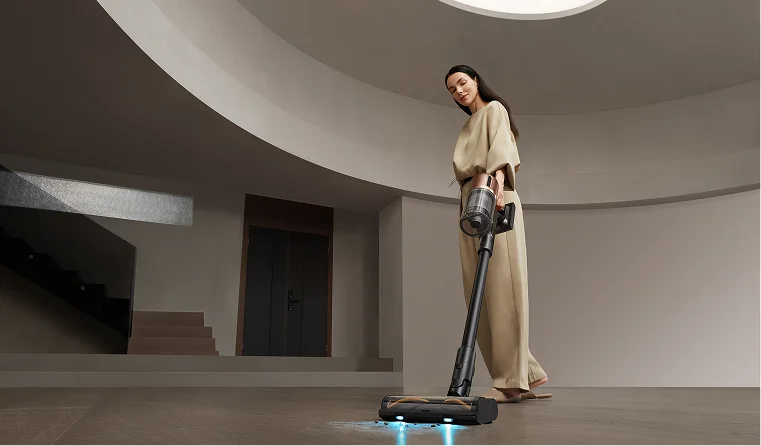
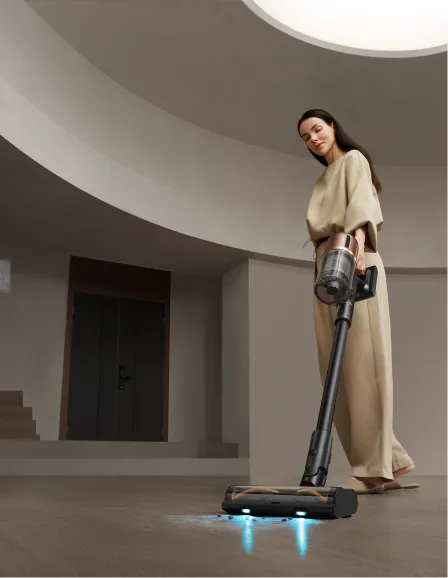
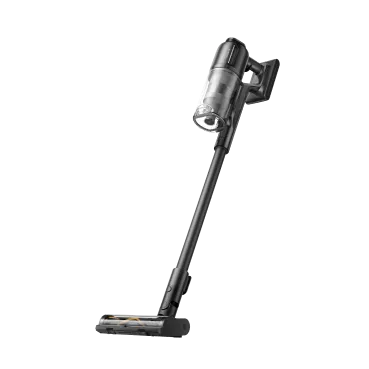
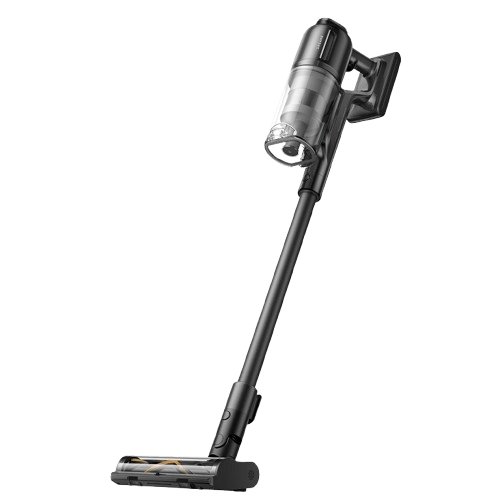
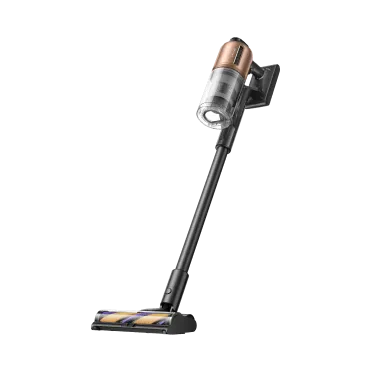
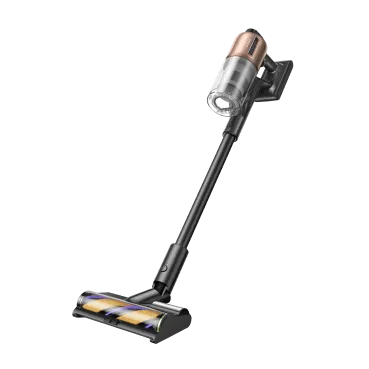
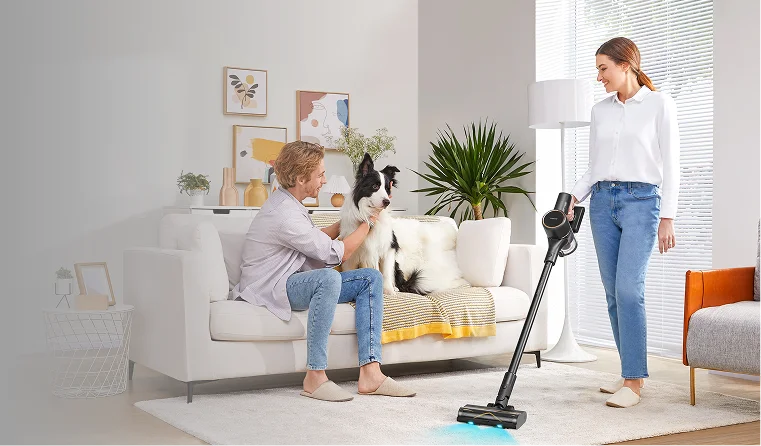
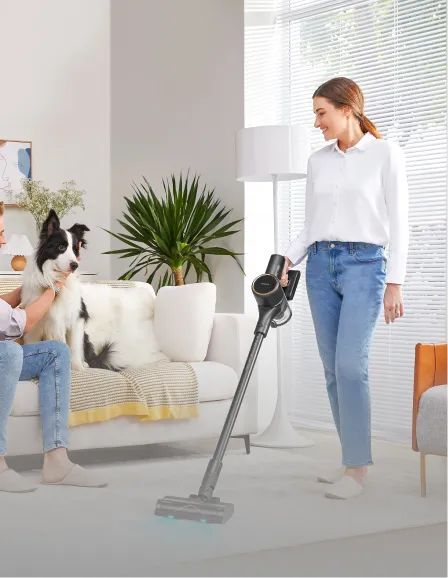
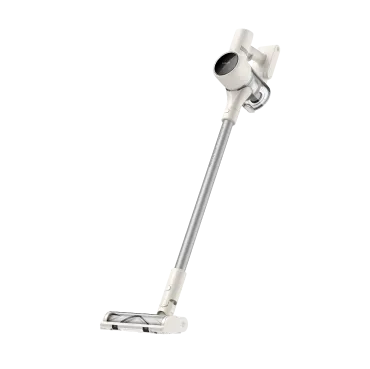
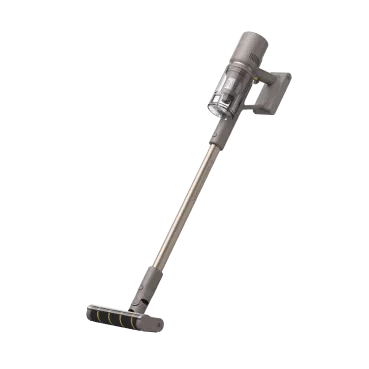
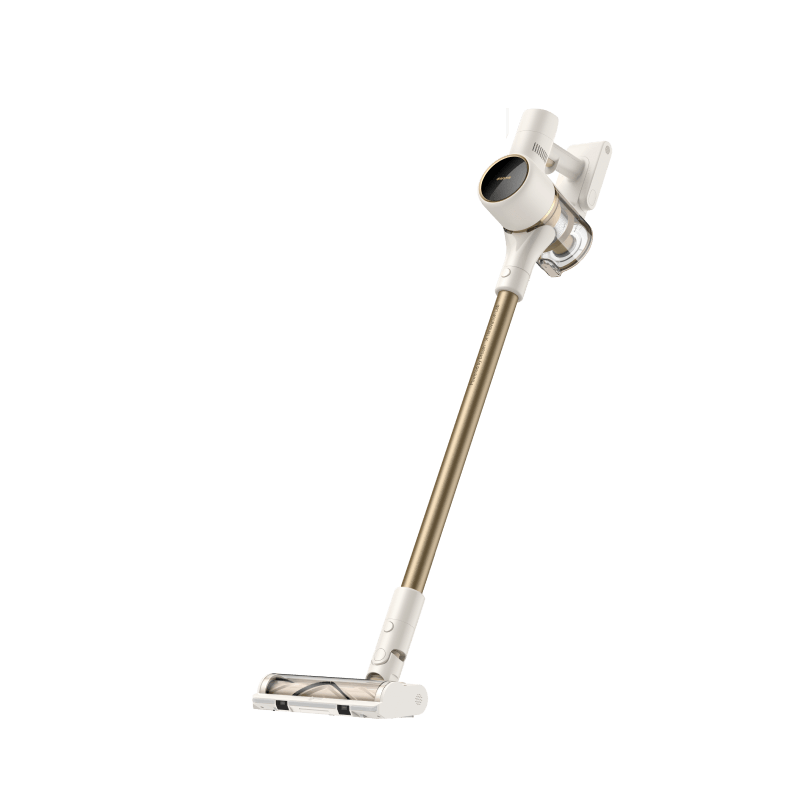
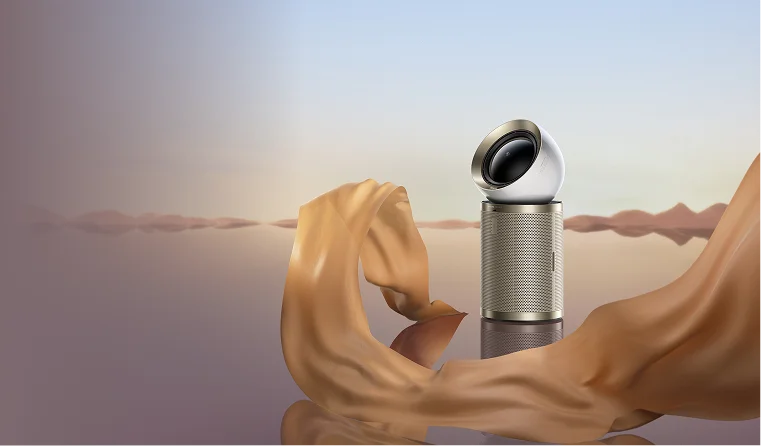
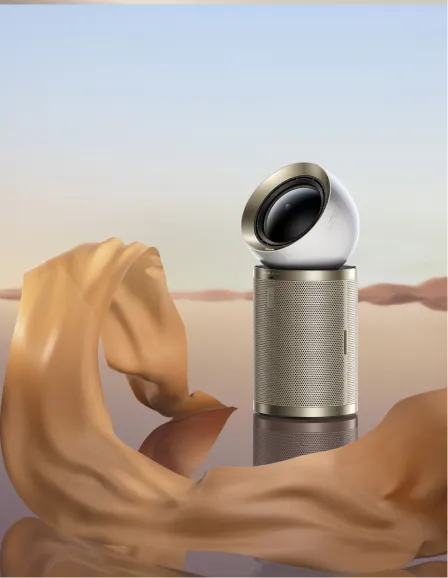

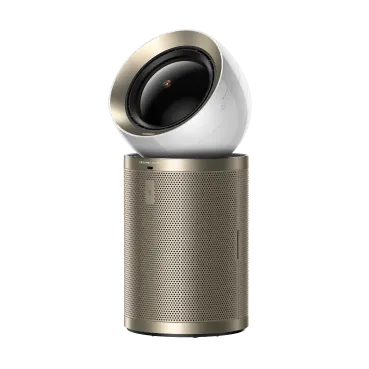
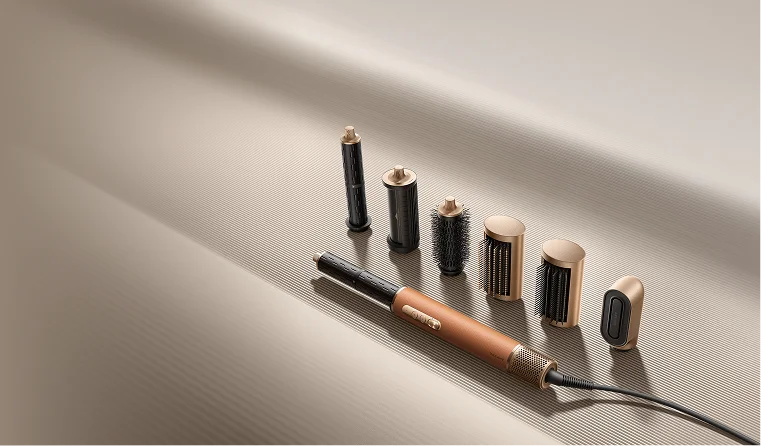
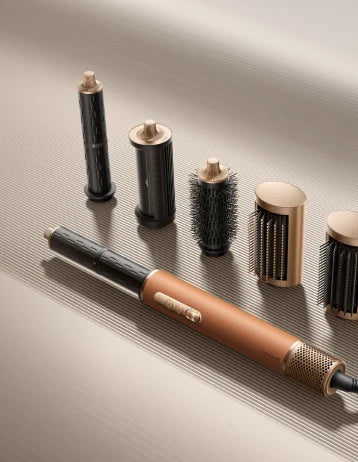
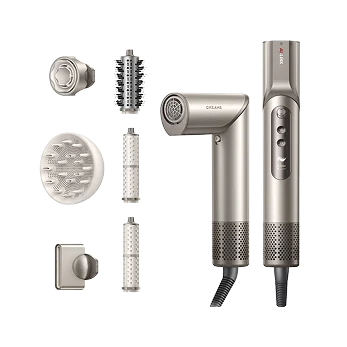


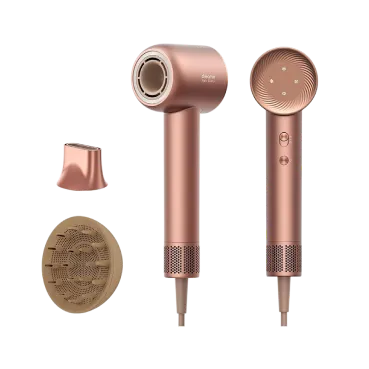
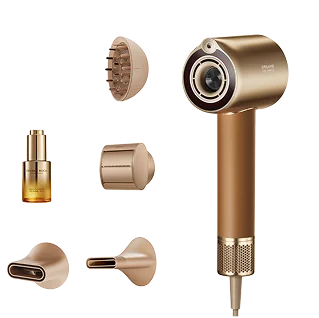
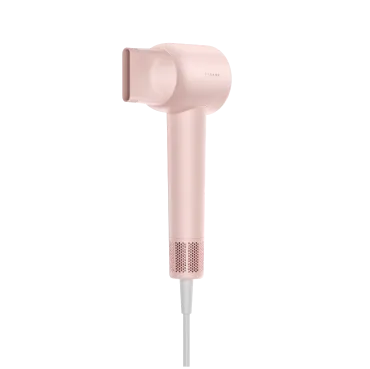


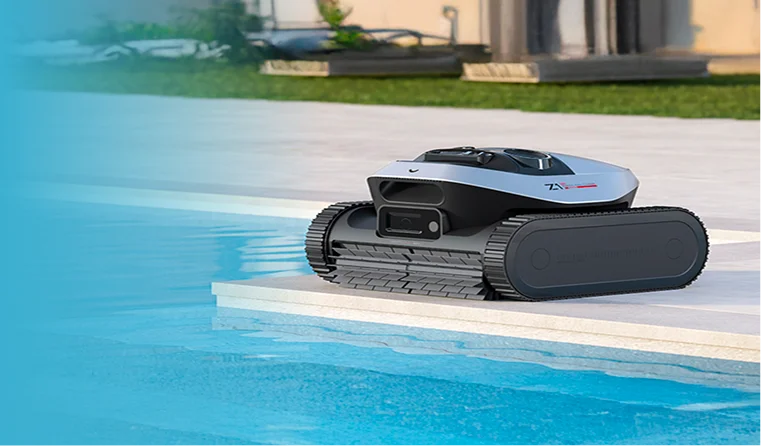
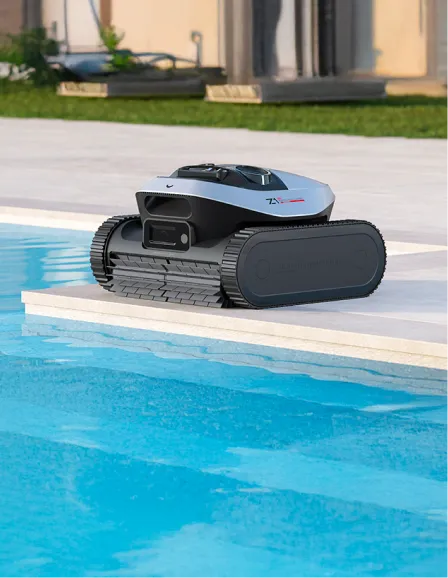
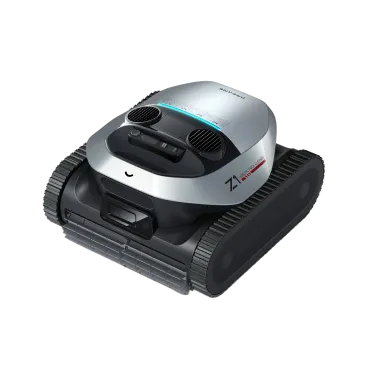
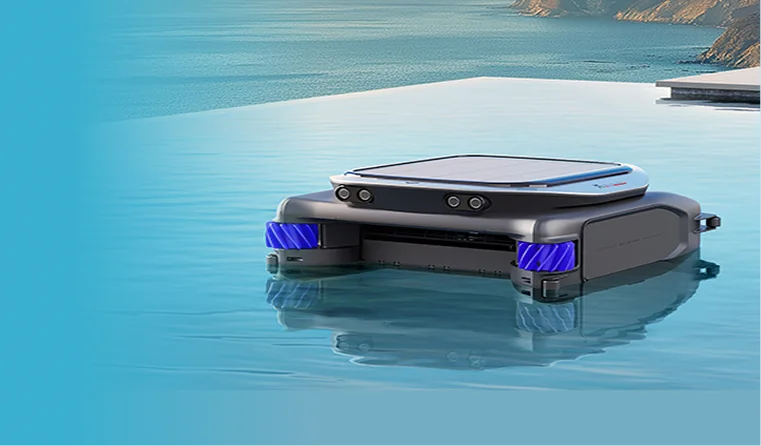
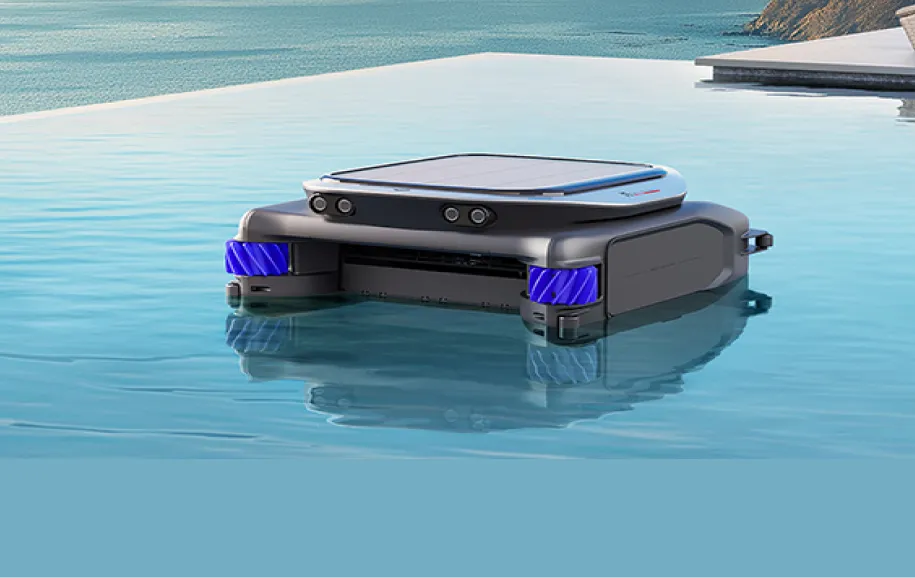










 Australia
Australia 中国大陆
中国大陆 日本
日本


 Türkiye
Türkiye


 Italia
Italia
 Netherlands
Netherlands Belgium
Belgium
 Greece
Greece Polska
Polska
 Norway
Norway
 Sweden
Sweden
 Finland
Finland
 Denmark
Denmark
 Hungary
Hungary Czechia
Czechia
 Slovenia
Slovenia
 Croatia
Croatia
 Switzerland
Switzerland United Kingdom
United Kingdom
 Canada
Canada









